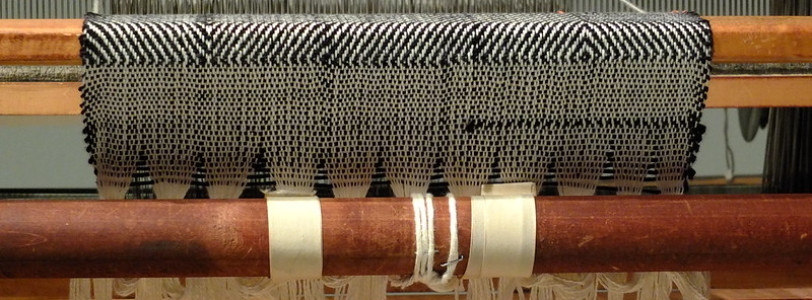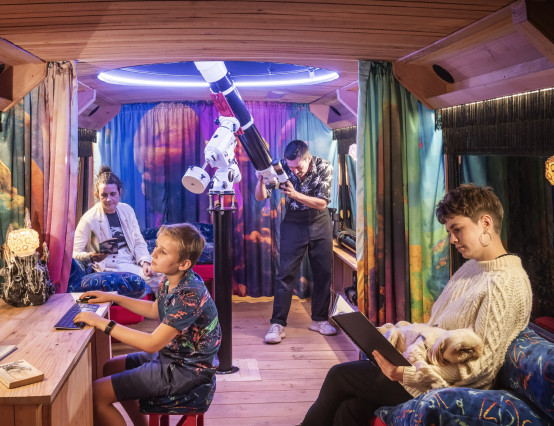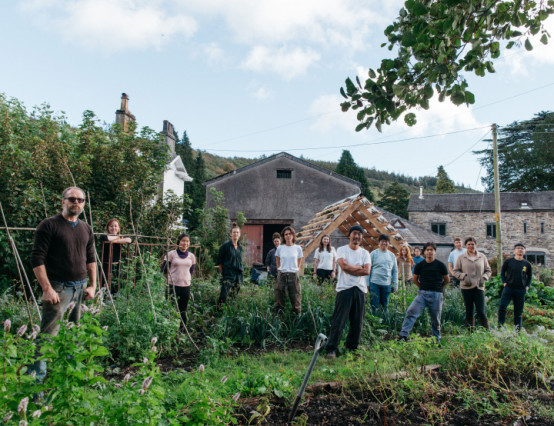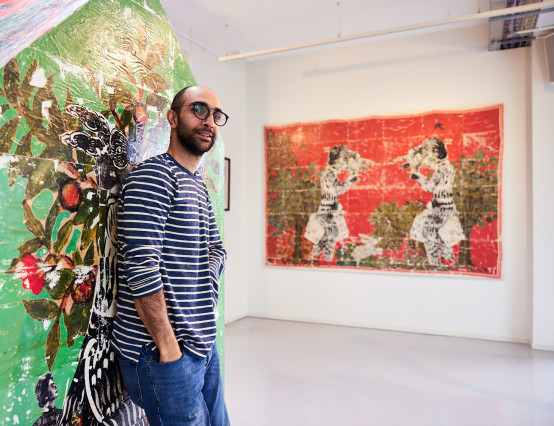Traditional craft offers a unique alternative for contemporary changemakers today. Ceaseless campaigning, or participation in any form of political discourse, can quickly lead to disillusionment. For those feeling discouraged, engaging in craft may provide a solution.
Voice will be exploring this claim over the following weeks. We’ll be asking artists practising in mediums from textiles to land art, sculpture to collage: what does craft offer activists today?
A mode of resistance
Our series focuses on contemporary artists’ response to the socio-political status quo. Craft, however, has a long history of being co-opted for political ends.
Take the rebellious women of the early Bauhaus. In Weimar Germany, Bauhaus women were excluded from undertaking education in architecture, painting or sculpture. Instead, they were allowed only to engage in weaving and textile production. Anni Albers and Gunta Stölzl did not accept the notion that weaving was ‘intrinsically feminine’. Instead, spearheading innovative weaving techniques and producing theoretical tracts, the Bauahus weavers symbolise subversion and resistance through craft.
During a similar period, artists participating in the Europe and the US Dada movements promoted rebellion through collage. Collage literally, and figuratively, promotes deconstruction, disjunction and hybridity. Artists such as Hannah Höch and Raoul Hausmann expressed their utopian vision for a new and liberated reality through collage.
Today
How might Bauhaus weaving and Dada collage speak to our current meta-crisis? The incessant intense nature of much climate action, for example, leaves little room for reflection or contemplation. Researchers from the University of York argued that “activists can develop an emotional state characterised by dispiriting emotions and disengaging attitudes that affect their well-being and ability to sustain their activism.” Necessary to the business of changemaking is an impressive and evergreen store of energy and resilience. Arguably not a sustainable attitude with which to approach real progress.
Craft, then, offers an alternative. Traditional forms of craft such as sewing, collage or pottery require patience and persistence. Craft can be a vehicle through which political messages are communicated. Artworks themselves can even be a vessel for breakthrough. Each medium provides distinctive qualities which can be utilised by those looking to make change.
But I’m not an artist...
The practitioners we’ll be talking to will provide a short guide to direct your forays into craft. Look out for interview features with contemporary artists coming to Voice very soon. To engage with craft, you don’t need to be an artist. You only need an appetite for change.









0 Comments